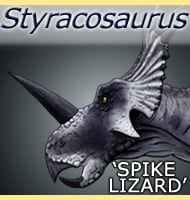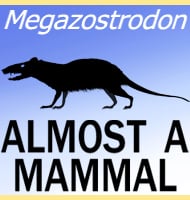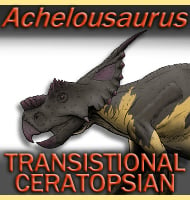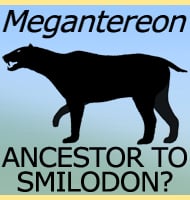In Depth
Proterogyrinus seems to have been adapted for locomotion on both land and in the water. The tail, being broad and flattened would have provided efficient power in the water, while the limbs are developed for terrestrial movement. In particular, the increased number of toe bones would have given Proterogyrinus greater dexterity on land over its amphibian ancestors.
The ear structure seems to have been adapted to work best while in the water suggesting that Proterogyrinus may have been a primarily aquatic hunter.
Further Reading
– A new anthracosaurian labyrinthodont, Proterogyrinus scheelei, from the Lower Carboniferous. Kirtlandia 10:1-16. – A. S. Romer – 1970. – The Carboniferous Amphibian Proterogyrinus scheelei Romer, and the Early Evolution of Tetrapods. – Philosophical Transactions of the Royal Society of London. Series B, Biological Sciences. 306 (1130): 431–524. -R. Holmes – 1984.









